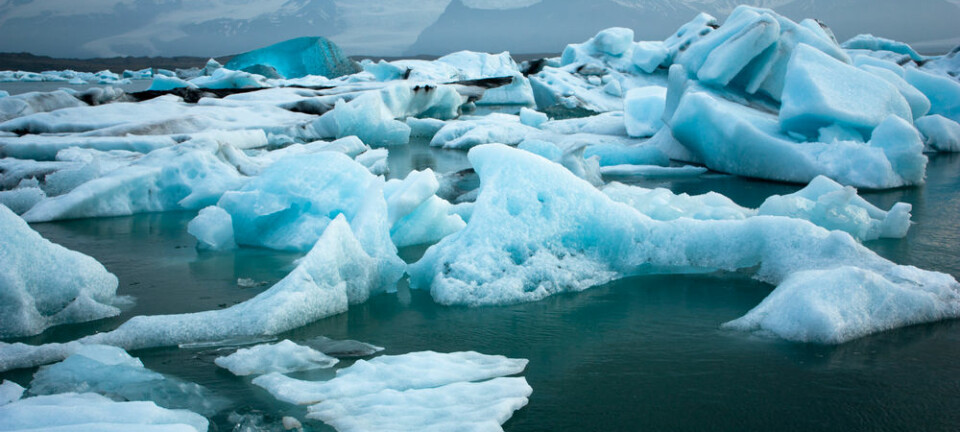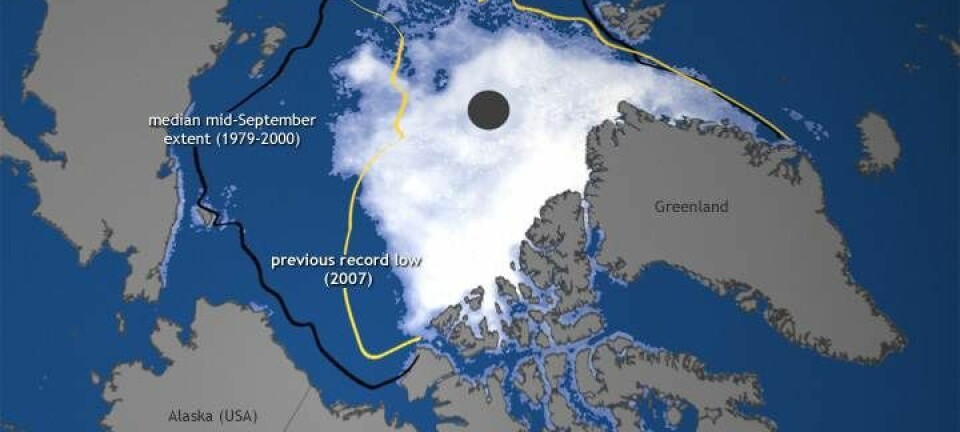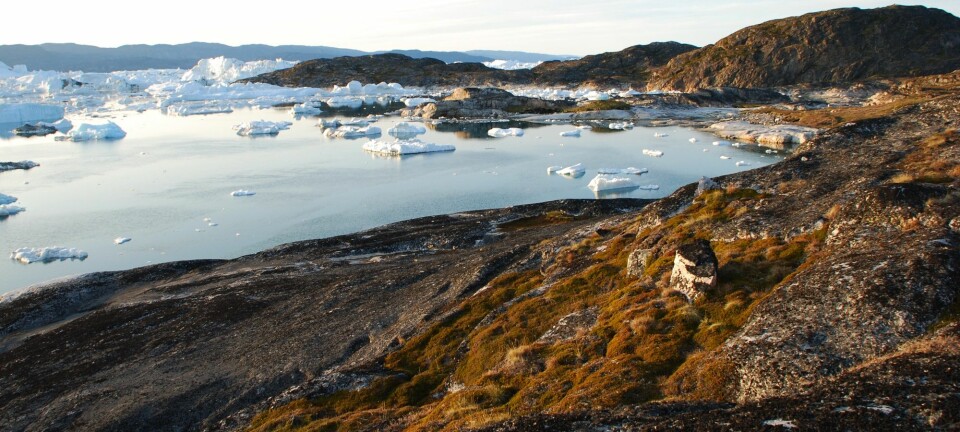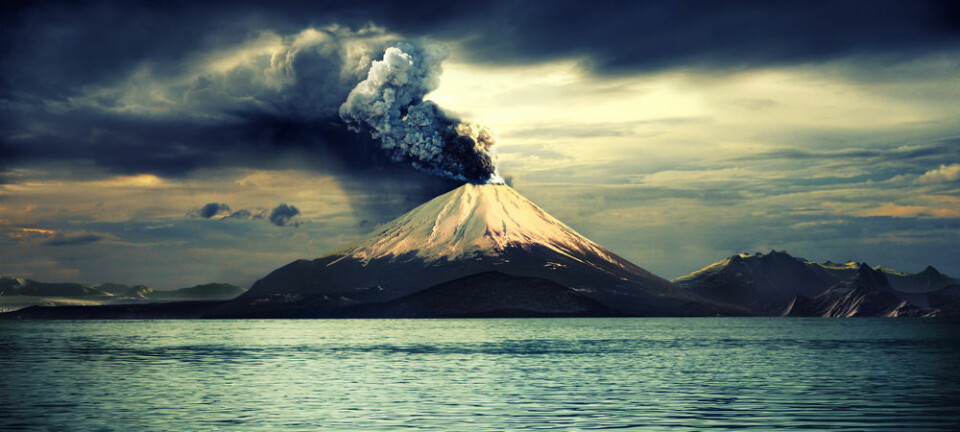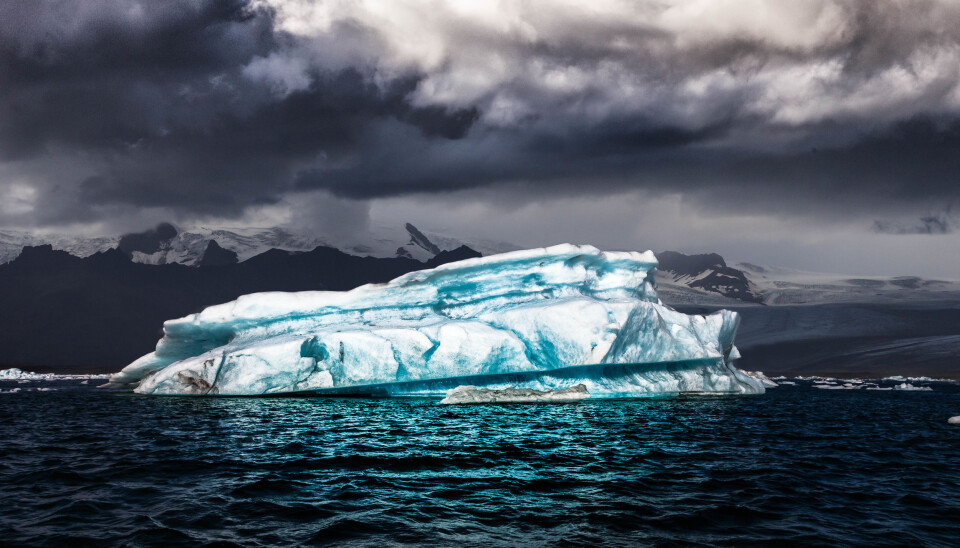
Melting Scandinavian glaciers made Europe cool and dry
Scientists have found an explanation for one of the big mysteries in climate science with the help of 12,000-year old Swedish midges.
Temporary and extreme climate changes punctuated the warming of the Northern Hemisphere as the Earth escaped the icy grip of the last Ice Age.
One such event occurred 12,800 years ago--the so-called Younger Dryas--when Europe was suddenly plunged back into near-Ice Age conditions. The ensuing cold struck Europe and Russia quickly, and hard. But how and why remained a mystery.
Now, a new study has an answer: melting glaciers in Scandinavia set key environmental changes in motion and initiated this dramatic 1,000-year long cold snap.
“The Fennoscandian Ice Sheet in Northern Europe has always been considered an underdog [compared to ice sheets in Greenland and north America] and has received little or no attention in the specialised literature,” says lead-author Francesco Muschitiello from Stockholm University, Sweden in an email to ScienceNordic.
But Muschitiello’s new research puts the Scandinavian ice sheet at the heart of the mystery. According to him, it is the missing link to understanding this major climate event, which is a key benchmark to understanding how climate can change so suddenly.
The results are published in the journal Nature Communications.
A who dunnit of climate science: America or Scandinavia?
If a Younger Dryas was to happen today, it would certainly take Northern Europe by surprise.
Many scientists assumed that melting of the great ice-sheets in North America and Greenland at the end of the last Ice Age were responsible. They thought that the ice-sheets pumped vast quantities of freshwater into the North Atlantic Ocean, which disrupted ocean currents and cut off Northern Europe’s supply of warm water and air from the tropics, via the Gulf Stream.
But the timing of this melt does not quite fit with the timing of the cold snap recorded in Greenland ice cores.
“It’s widely assumed that the Younger Dryas was triggered by a catastrophic freshwater outburst into the North Atlantic,” writes Muschitiello.
“But the timing of catastrophic meltwater drainage from the [North American] Laurentian Ice Sheet with respect to the [temperature] signals recorded in Greenland ice cores has never been entirely resolved,” he wites.
Some scientists suggested that the culprit lay closer to home and that melting glaciers in Scandinavia could have been the trigger. But they did not have the evidence to show precisely how this could work.
But the new study does.
Fossil midges record summer temperatures
Muschitiello and colleagues analysed the chemistry of fossilised midges extracted from the sediments at the bottom of an ancient lake in southern Sweden. The midges recorded summer temperatures in the lead up to, and throughout, the Younger Dryas cold snap.
"The remains of midges, contained in the lake sediments, reveal a great deal about the past climate,” says co-author Steve Brooks, from the Natural History Museum, UK, in a press release.
“The assemblage of species [..] enable us to track how, after an initial warming of up to four degrees centigrade at the end of the last Ice Age, summer temperatures [in Scandinavia] plummeted by five degrees centigrade over the next 400 years," he says.
They also analysed leaf waxes preserved in the lake sediments, which record a signal of past rainfall and ice melt into the North Sea.
Crucially, these changes also matched those recorded in Greenland ice cores over the same time. But with a catch: as Scandinavia became cold and dry, Greenland became wetter and warmer.
Climate models explain what is going on
So, what exactly was going on? Muschitiello and his team turned to climate models for some answers.
They tested whether a climate model could accurately predict the changes recorded in both the Greenland ice cores and the sediments of the ancient Swedish lake.
They set up a scenario within the model whereby initial warming across Scandinavia triggered the ice-sheets to start melting, which sent vast quantities of freshwater into the North Sea.
With this in place, not only did the climate model accurately predict the warm and wet conditions over Greenland and the cold and dry conditions in Scandinavia, it told the scientists why the climate responded in this way.
According to Muschitiello, the vast quantities of cold fresh water that ended up in the Nordic Seas allowed summer sea ice to spread out. This drastically affected the local climate, sending cold and dry air over Scandinavia, while Greenland was experiencing relatively warmer and wetter conditions.
The new results offer a convincing explanation for this dramatic climate event in Scandinavia and provides a crucial understanding of how and why melting of ice-sheets in Scandinavia can lead to rapid and dramatic local changes in climate.
